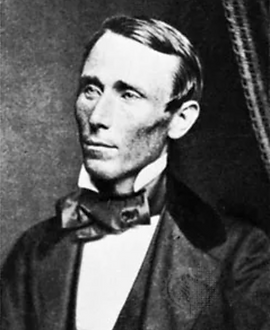History and Demographics

Archaeological remnants date indigenous civilizations in Nicaragua to at least 12,000 years ago. The Chorotega and Subtiaba who both spoke an otomanguean language are thought to have moved into the pacific lowlands from Mexico between 4th and 9th centuries CE. In the postclassic period (1000-1500) Nahtaul speaking people who are related to the Aztecs settled in the pacific lowlands. The Matagalpa, Miskito, and Sumu went to the north eastern areas of Nicaragua and the Rama settled along the central Caribbean coast. Christopher Columbus sighted Nicaragua on his 1902 voyage. The country was named by Spanish explorer Gil González Dávilla
who arrived in 1522 on the Pacific Coast and named the country
after a local chief, Nicarao. The Spanish conquered and settled
in the area, founding the cities of León and Granada in 1524. This
ruling from the Spanish continued for three centuries and most
of the indigenous people were wiped out. The indigenous who
were not wiped out were sent to Peru or Panama to be slaves.
They often died from diseases that were unfamiliar to them before
the Spanish conquered them. During the time of the Spanish
conqueror era the Spanish had to deal with the occasional
incursions of Dutch and English invaders. The British remained a
key power during much of that time. In 1821 Nicaragua joined other
states in the Captaincy General of Guatemala in declaring
independence from Spain. In 1823 the Central American states formed
the United Provinces of Central America. In 1838 Nicaragua declared its
independence from the United Provinces of Central America. For 100 years Nicaraguan politics were dominated by a power struggle between the liberal and conservative parties. This struggle made it easy for the U.S intervention beginning with Willian Walker's attempts
to take over Nicaragua which started in the mid-1800’s. The U.S
government particularly wanted to control weather, when, and
where a canal would be built so the Clayton-Bulwer treaty was
signed giving the U.S rights to dig a canal in Nicaragua. The next
year in 1851 a route was developed where in western United States
could easily get to Nicaragua. The U.S remained somewhat in
control until president José Santos Zelaya elected in 1893 tried to
push them out but in retaliation the U.S ousted Zelaya through
military and troops landed in Nicaragua in 1909. The U.S kept
troops there from 1912 to 1933. Then from 1936-1979 the
family of Anastasio Somoza García dominated Nicaragua.
During this time they also entered world war two in 1945.
Nicaragua has stayed calm with multiple leaders in the past 80 years.
Gil Gonzáles Dàvilla

Willian Walker
Citations
-
“Gil González Dávila - Silver Reader - MotoClub.” Silverreaderclub.com, 2025, www.silverreaderclub.com/post/gil-gonzalez-de-avila. Accessed 13 Mar. 2025.
-
“Infobase Learning - Login.” Infobase.com, 2025, fofweb.infobase.com/wgco/History.aspx?Page=11&iPin=M0019831. Accessed 13 Mar. 2025.
-
“William Walker | American Adventurer.” Encyclopedia Britannica, www.britannica.com/biography/William-Walker.


